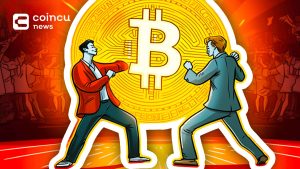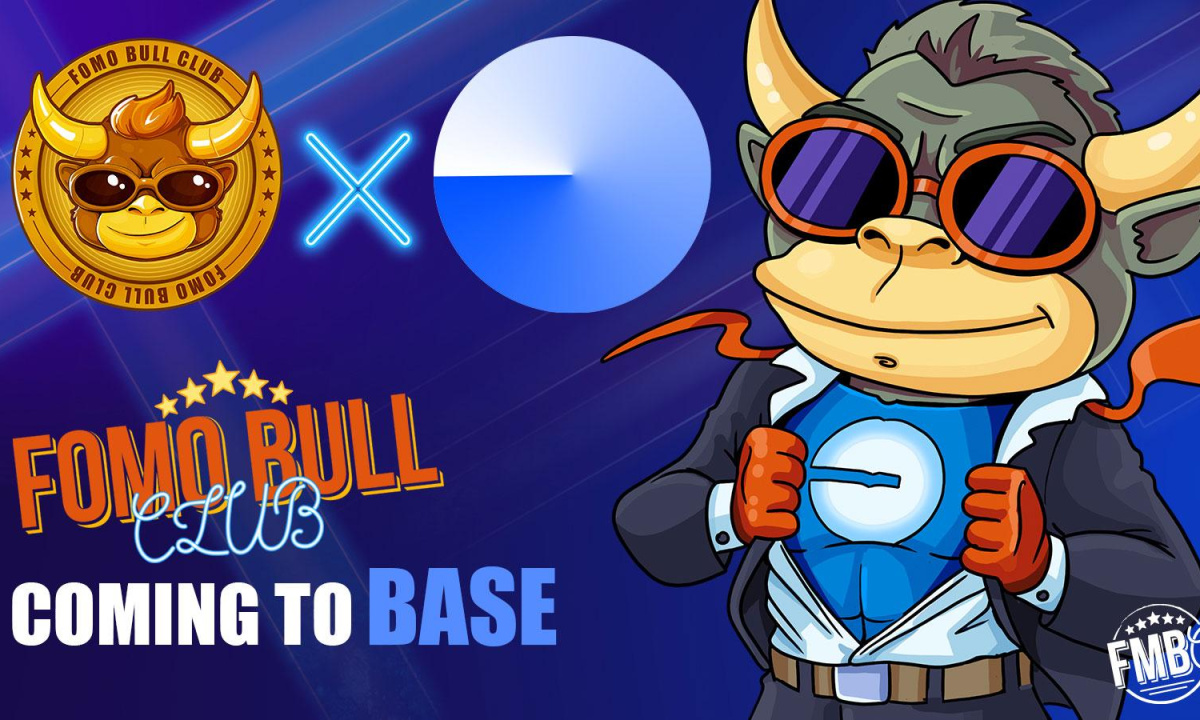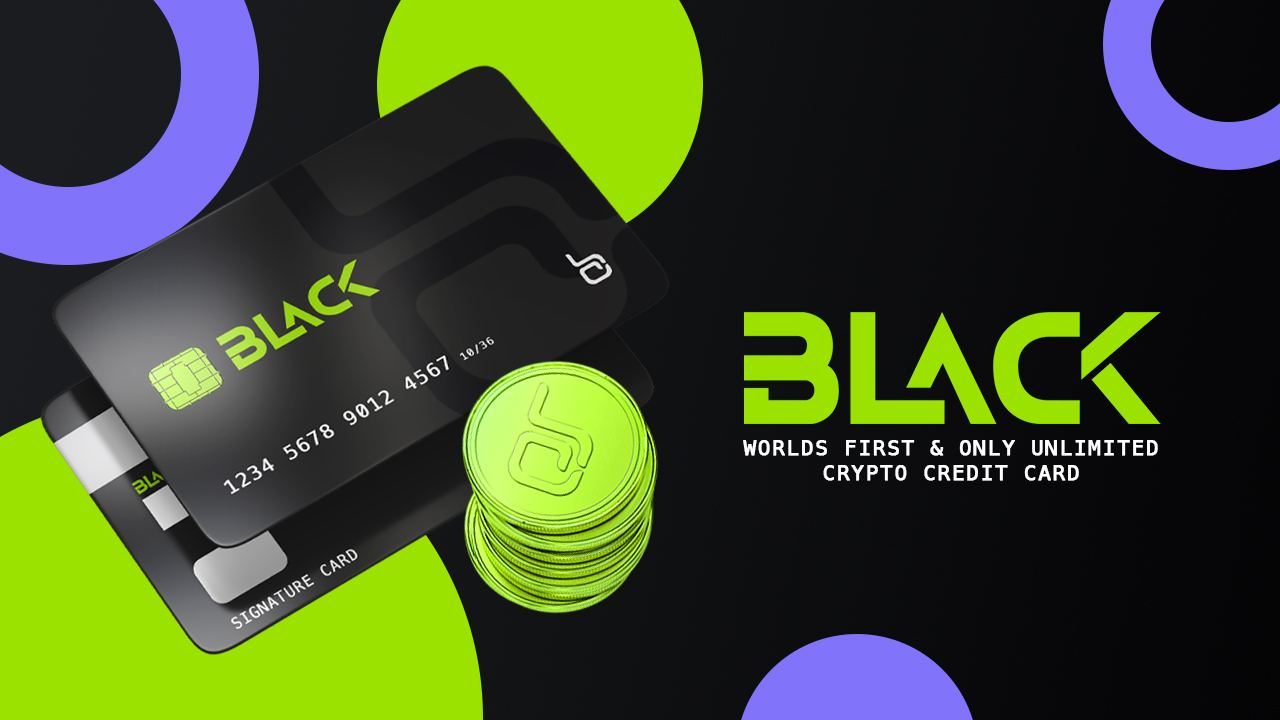STEPN has created a new earthquake at a time when Bitcoin is rocking sideways. Within one month, the price was x100 compared to the token sale price ($0.01). However, the price fell without stopping after settling on April 29. At the time of writing, STEPN’s GMT token price was ~$0.94.
In this article, I will analyze the operating mechanism and tokenomic of the project. From there, we can see why this token rose sharply and dropped in price quickly.

Stepn overview
Stepn is a Web3 lifestyle app that allows you to improve your health and make a profit on every move. Users equipped with NFT Sneakers move outdoors, converting their rides to earn tokens and other NFTs rewards.
Stepn builds on the Solana ecosystem and is the winning project of the Solana Ignition Hackathon Gaming Track. The project was born with the aim of inspiring millions of people to live a healthy lifestyle and improve their fitness level by rewarding, and encouraging users to exercise daily, giving people the opportunity to expose themselves to Web3.
Stepn released the first Beta on December 20, 2021, then became the 28th project to be open for sale on Binance Launchpad. Currently, Stepn is a project that is leading the Move-to-Earn trend, increasingly attracting thousands of players worldwide.
Business model analysis
STEPN is a vertically developed ecosystem that includes: a wallet for funds, a token swap, and a marketplace. STEPN has the following main activities:
- Move-to-earn: Move outdoors with Sneaker NFT and earn tokens (with a multi-layer anti-cheat mechanism).
- Minting: casting or upgrading Sneaker, each Sneaker has many different types, qualities (Quality), attributes (Attributes), and socket gems (Gems).
- Marketplace: Where users can rent/rent or sell/buy Sneakers, Badges, and Gems. All items in Stepn’s ecosystem.
- Decentralized Exchange: A decentralized exchange that allows users to swap tokens. Initially, the exchange will only serve users on the Solana network. Will then develop for Multichain assets.
Move- to-earn
There are 3 game modes for users:
- Solo mode: this is the most popular mode users are using. That is, the user enters the app, turns on 4G, connects to GPS, and runs
- Marathon mode: this is a 1-month contest, and users can only register at a time. There will be a registration fee, but then this fee will be returned to the user at the end of the contest (this feature is not available yet)
- Background mode: The system will automatically count the number of steps of the user; the user does not need to enter the app (similar to Sweatcoin). (This function is in development)

Minting
Shoe-Minting Event (SME) is when a user owns 2 Sneakers marked “breeding, ” meaning they can be bred. Both of those sneakers were brought together. A pair of shoes can be worn up to 7 times in a lifetime.
- Players need to have 2 pairs of shoes with the necessary durability and a certain fee. and it takes about 72h for one mint
- Mint fee depends on 2 factors: The quality of the shoe and the number of times the shoes have been minted. The higher the rarity, the more it will cost, and the more mints of that shoe will cost more than the previous one.—> This fee will be deposited into Treasury
- The number of shoeboxes that drop depends on the number of mints of the original two shoes
- When opening the Shoebox, the user will receive new shoes depending on the quality of the two pairs of parents’ shoes.

NFT marketplace
The Marketplace is where users can rent/lease or sell/buy their NFT Sneakers, Badges, and Gems. A simple filter and sort function is available in the Marketplace for easy navigation.
There are three main activities on Stepn’s Marketplace:
- Trading System: Users can buy and sell shoes, gems, and other items on the marketplace.
- Rental System: This is a shoe rental and rental system (under development).
- a rental agreement lasts 24 hours, and the tenant will need to agree to the terms of the contract.
- A contract can also last up to 7 days, depending on the tenant’s credit rating.
- Failure to comply with the terms of the contract will result in a deduction of credit points.
- Credit System: Renters are required to complete a set of “scholar” quizzes to increase their credit rating. Once their rating reaches 2/5, they can start renting.

Decentralized Exchange
The working mechanism of DEX on Stepn is similar to Uniswap. Token exchange activities will take place here. The first phase of Stepn DEX is only available to Solana users. Then the project will develop into multichain.
The fee for each transaction will be 1% fee, where:
- 0.3% fee will be sent to LPers as a liquidity reward
- The remaining 0.7% will be deposited into Stepn System
- 0.6% of this will be used to buyback and burn GMT, Sneakers, and organize events,
- 0.1% will be used for future project development.
In general, this fee is relatively high compared to the current Dex exchanges, the liquidity reward is equal to other exchanges. Therefore, the competition of DEX on Stepn is almost nonexistent.

Tokenomic Analysis
Token released schedule
A total of 6,000,000,000 GMT and divided into 6 different allocations. The team, Advisors, and Investors have not yet been paid their tokens. According to the schedule, their tokens will be paid in February 2023. This is the time you should consider because other organizations can discharge you at any time.
According to Stepn’s estimates, their total tokens will be fully unlocked around the 8th or 9th year from the token issuance date. We can see the illustration below.

Change in supply
About 11.5% of the total GMT supply is distributed (approximately 690M tokens). Which is 7% from the public sale and 4.5% from the Treasury.
Compared to Axie for the same time period, Stepn has a relatively slow delivery rate. Currently, GMT’s Monthly Total Change is only 0.3%. However, in September 2022. This number will increase to about 0.7%, this is because the Allocation of “Move and earn” is distributed. In addition, February 2023 will also have a wave; this percentage change increased to 1.7% and is maintained. The more GMT is distributed, the more inflation will increase.

Inflation
In my personal experience, GMT’s initial inflation is low compared to many other projects. GMT inflation currently hovers around 3%. Usually, projects will initially distribute tokens to the market through liquidity attraction programs. That’s why the percentage of inflation grew in the double digits. Stepn is the opposite, this helps the token price to be less pumped and dumped.

GST
In addition to GMT, Stepn has an in-game token GST. This token has no max supply and is used as a player reward.
The data below is updated from Dune Analysis from which to calculate the relative amount of GST minted each week. On average, each pair of shoes earns around 10.56 GST per day. I have the following inflation data below.

In May, when the number of new users spiked, the number of new shoes increased accordingly. Many people participate in Stepn’s game -> GST is minted every day and increases sharply, -> Inflation also increases.
Currently, GST’s weekly inflation amount is around 25%. --> 100% per month--> This is the reason why GST has continuously reduced prices in the past time.
How to capture value for GMT holder
Stepn’s revenue
Currently, the project’s revenue comes from activities such as:
- 5% Fees from marketplace activities
- fee from mint
Also in the future, when other products are completed, Stepn will have other fees such as
- Sneakers rental
- Marketing fee
- 0.6% fee from DEX

- Users can participate in 4 main activities on Stepn: Marketplace, Move to earn, Minting, and DEX.
- Activities on the marketplace, Minting, and Dex will incur service fees.
- 5% marketplace fee, 0.6% Dex transaction fee, and $GMT from minting will be transferred to Stepn Ecosystem.
- Fees in the Stepn ecosystem will be used for purposes such as buyback and burn GMT, GST, Shoes, and organizing events. (Currently, the fees here are not used for this purpose)
How to capture value for GMT holder
GMT is Stepn’s governance token and is the main mechanism of project governance.
A small portion of the revenue will be used to cover Stepn’s operating costs and most of it will be allocated towards the dividend distribution to the holders of GMT tokens and staking. Locking GMT for a more extended period will also increase the voting power of GMT holders on future governance proposals.
→ When the amount of revenue is large, the profit sharing is decided by GMT Staker → GMT stakers want more votes → have to buy more GMT for staking → leading to greater buy demand for GMT tokens. → GMT price increases.
I think below is the model that Stepn brings value to the GMT stacker:
- Stepn encourages users to participate in the network by distributing GMT and GST. Attract new players and old players to stay.
- The number of users increases—> minting and marketplace activities will increase. At the same time, after receiving the incentive reward, they will trade directly on the DEX available on Stepn —> Generate a lot of revenue for the network.
- Revenue increases, most of the profit will be divided to Stacker and the rest to buyback as well as develop the project.
- Stackers who want to vote to receive more revenue will fear owning more GMT to increase voting capacity—> Increase as demand for GMT —> GMT price increases.
- Rewards encourage users to increase prices —> Attract more users.

Verdict
Above is my analysis of the Stepn project’s tokenomic and operational model. I will summarize some of the main points after learning about the entire operation of the current project.
- Users come to the project because of the “Move and earn model.”
- The current project’s revenue only comes from the marketplace and minting. However, this cost has not been used for buyback and burn purposes, nor divided among GMT stakers.
- Stepn’s DEX model has no competitive element compared to current DEX exchanges.
- GMT inflation will increase in the future, which may adversely affect GMT prices.
- The main reason that GMT and GST are falling sharply is that GST is minted too much. But mechanisms to reduce this supply are still in development.
- Stepn has also used the revenue of the past two quarters to buy back GMT and burn it. but the price is still falling, this may be because the price has risen too strongly before and is partly influenced by the bear market.
If you have any questions, comments, suggestions, or ideas about the project, please email ventures@coincu.com.
DISCLAIMER: The Information on this website is provided as general market commentary, and does not constitute investment advice. We encourage you to do your own research before investing.
Ken. N
Coincu Ventures
Contents



















